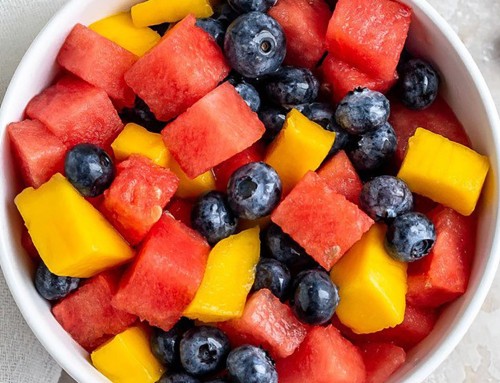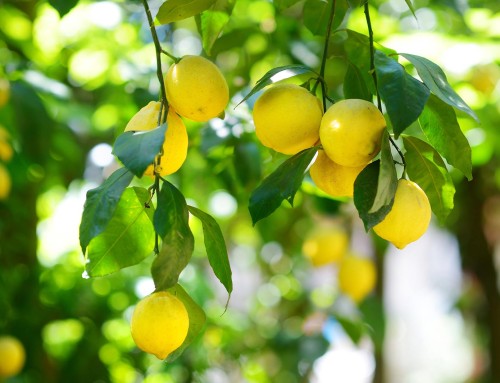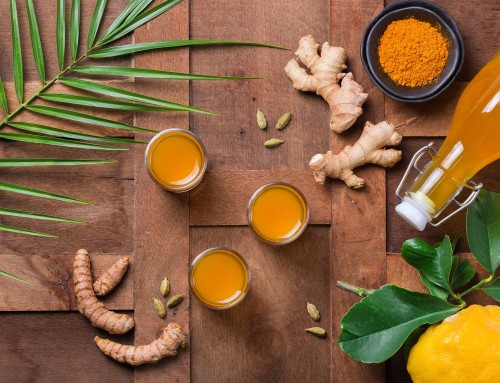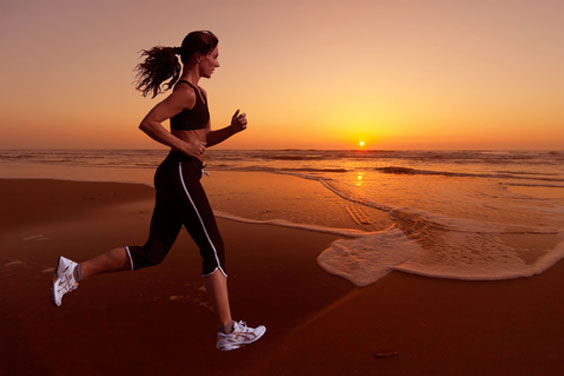
What Exercise is Best for Me?
As the days get longer and warmer, do you find quite naturally the desire to be more physically active arises?
Physical activity is a great way for the body to burn off the richer diet of winter, to celebrate the energy that comes with Summer providing increased vigour and to protect your health and wellbeing. Exercise helps to clear congestion and strengthen the metabolic channels (srotas) in the body while providing ‘sthiratva’, or stability to the body, mind, emotions and intellect.
What do the ancient physicians say?
Charaka, an Ayurvedic Physician in 300 BC, explained the benefits of exercise in a way that is remarkably close to what modern research tells us.
“From physical exercises, one gets lightness, a capacity for work, firmness, tolerance of difficulties, elimination of impurities and stimulation of digestion”—Charaka
What does research say?
The researched benefits of exercise – from helping to reduce the incidence of chronic health conditions to supporting quality sleep, building resilience to stress, boosting confidence and self-esteem – are hard to ignore.
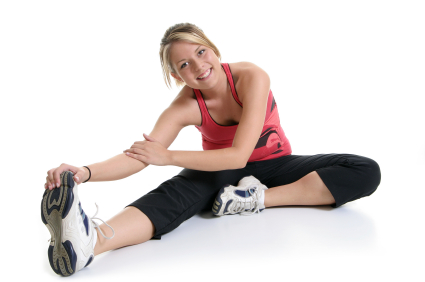
Exercise helps to maintain a healthy body shape
When you exercise, the Kapha quality in your body is stimulated, helping to lighten the body of excess symptoms of Kapha imbalance such as congestion, fluid retention, weight gain, disordered sugar and fat metabolism. Any activity you accumulate throughout the day ‘ known as ‘incidental exercise’ helps to balance the Kapha qualities within you. Take the stairs instead of the elevator; walk during your lunch break after your meal; or better yet, turn off the TV, podcast, computer or phone and go for a walk!
Exercise strengthens your heart and lungs
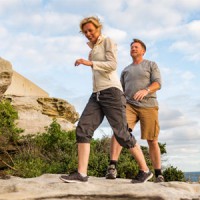
Exercise delivers oxygen and nutrients to your tissues.
Regular exercise helps your entire cardiovascular system – the circulation of blood through your heart and blood vessels – work more efficiently. When your heart and lungs work more efficiently, you’ll have more energy to do the things you enjoy.
Exercise promotes better sleep
Regular exercise can help you fall asleep faster and deepen your sleep.
If you have trouble sleeping, you might want to try late afternoon workouts. The natural dip in body temperature five to six hours after your exercise might help you fall asleep.
Exercise decreases stress and balances all the doshas

Exercise decreases stress hormones such as cortisol and increases the body’s natural ‘feel good chemicals’ known as endorphins.
Exercise also releases adrenaline, serotonin, and dopamine, which work together to make you feel good. Endorphins are hormone-like substances that are produced in the brain and function as the body’s natural painkillers. During exercise, endorphins are released, which can produce feelings of euphoria and a general state of wellbeing. The endorphins produced can be so powerful that they actually mask pain. Physically active people recover from mild depression more quickly and physical activity is strongly correlated with good mental health as people age.
Exercise improves mental sharpness – Prana Vata

Exercise also has a positive impact on our mental acuity.
Improving mental acuity can sometimes be as simple as taking a well-paced walk. Studies have demonstrated that exercises such as walking increases circulation to the brain and enhances focus and clarity. The brain is a heavy oxygen user and the better your cerebral blood flow, the more oxygen is available to your brain cells.
What is best for me?
Exercise recommendations through the window of Maharishi AyurVeda provide a balanced programme of daily exercise including Sun Salutation or other body resistance/strengthening exercise, Yoga asanas to support flexibility and balance, plus daily walking or exercise to support cardiovascular health for a minimum of 15-30 minutes.
The purpose of exercise is to give energy and stamina, so Ayurveda recommends:
- Breathe comfortably through your nose while exercising.
- Stop exercising when you have reached 50% of your capacity. You will know when you have reached 50% of your capacity by when you feel light sweat on your forehead or tip of your nose.
- Be guided by what is best for your body type and adjust according to the season.
Vata
Vata types who are physically slight or slender of build typically walk and talk fast.
If you are a Vata type, you do best with exercise that keeps you moving for 15-20 minutes such as walking, swimming, dancing and cycling.
- Applying Vata Massage Oil over the body prior exercise supports your mind-body coordination and helps to protect against injury.
- Taking two tablets of Amlaberry (MA1) with two tablets of MA218 Indian Asparagus/Ashwagandha formula 30 minutes before breakfast and evening meals helps to support muscular energy and stamina during exercise and throughout the day.
About Amlaberry (MA1)
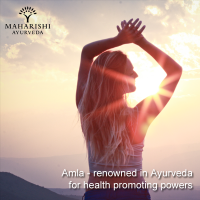
Amalaki is traditionally described as a divine plant with remarkable properties, having longevity-enhancing and disease-defying qualities.
A powerful and rejuvenating herb, Amalaki helps to cool, tone and nourish tissues and organs. The fruit is a rich source of antioxidants and vitamin C. It is considered one of the most powerful rejuvenating herbs in Ayurveda. It is especially helpful for enhancing physical and mental energy and helping to build lean muscle.
Pitta
The moderate build of a Pitta type can tolerate more exercise.
Team sports are a good way to have fun and unwind, balancing your competitive spirit. Take care not to overheat. If you are a Pitta type you do best with exercises in the open air such as swimming, surfing, mountain climbing, cycling, jogging in nature, skiing, ice skating and team sports such as basketball, soccer or hockey.
- Applying Pitta Massage Oil over the body prior exercise supports a healthy heat thermostat and helps to protect against injury.
- Taking 2 tablets of Amlaberry (MA1) with 2 tablets of MA218 Indian Asparagus/Ashwagandha formula 30 minutes before breakfast and evening meals helps to support muscular energy and stamina during exercise and throughout the day.
Kapha
Kapha types who are physically more stocky, solid or curvy are naturally strong, able to engage in more intense exercise and for longer.
If you are a Kapha type you may sometimes need to be motivated to exercise but when you set up a regular daily exercise pattern you will love how it makes you feel! Best exercise choices, for example, include running, cycling, rowing, dance, volleyball, weight training, rugby, soccer, tennis, shot put and lacrosse.
- Taking two tablets of Amlaberry (MA1) with 1-2 tablets of Meda (MA631) 30 minutes It enhances resistance to disease before breakfast and evening meals helps to support muscular energy and stamina during exercise and throughout the day.
About Meda (MA631)

Meda is a tonic herbal that is designed to increase strength, energy and vitality.
This formulation has been shown to slow cellular ageing. While nourishing the whole body, it specifically rejuvenates blood, muscle, bone, and reproductive tissue and it enhances resistance to disease. It has a dual action of detoxifying the body and helping in the assimilation of vital nutrients.
Wishing you the bliss of regular exercise this Summer!
Linda Sinden, Maharishi AyurVeda Consultant

Linda Sinden has been a practising Maharishi Ayurveda Consultant since 1990 and is a regular contributor to our health articles. She has a practice in Auckland, New Zealand and also provides phone or Skype sessions for those who need assistance, but don’t have a consultant in their vicinity.
Email: lindasinden@orbislife.co.nz
Mobile: +64 212237525
Skype: Linda.Sinden
DISCLAIMER: The information in this document is presented for the sole purpose of imparting education on Maharishi AyurVeda and neither the information nor the products are intended to diagnose, treat, mitigate, cure or prevent any disease. If you have a medical condition or are pregnant or lactating, please consult a health professional and it is recommended that you speak with your physician before making significant changes to your diet or routine.


